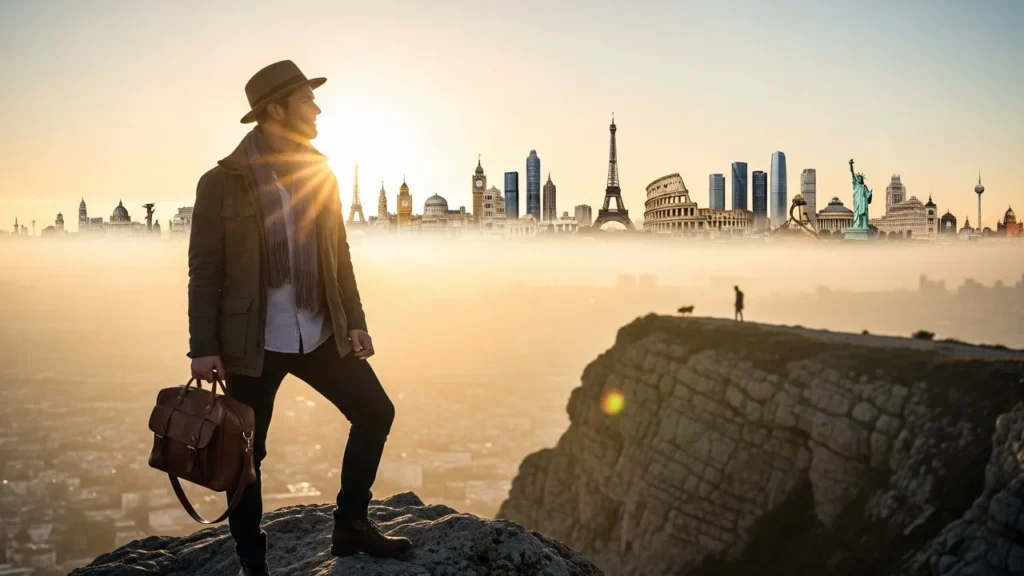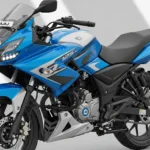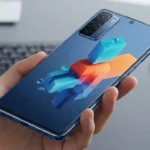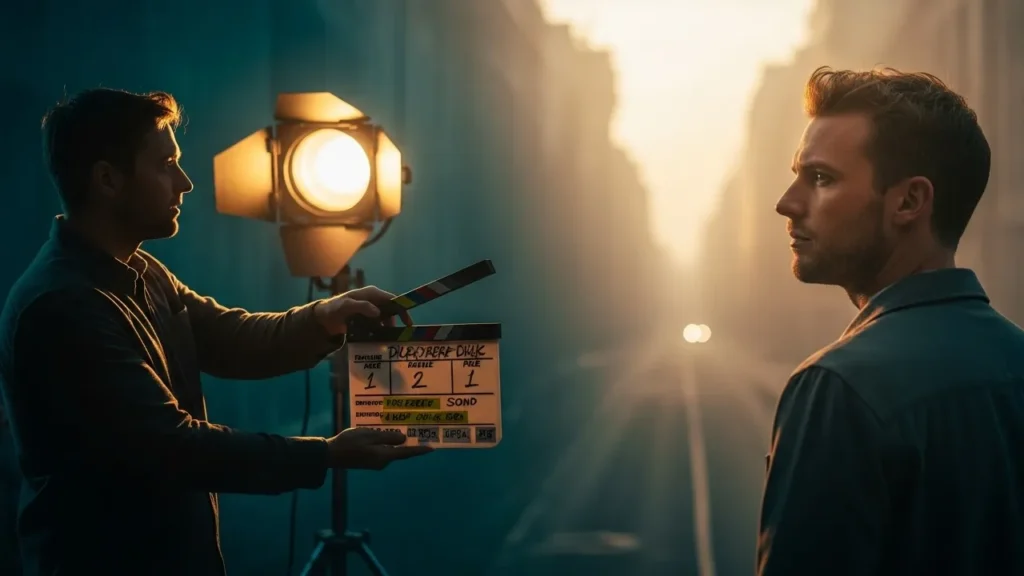How to write and use the 10 best Gemini prompts
Start with a clear destination and one emotional tone. Add a time of day, a focal object, and a human detail. Keep language simple and visual. Below are five example prompts you can paste and tweak for Gemini — each designed to create a vivid, shareable scene. Use them as starting points, then swap the location or emotion to suit your mood. Short edits make big differences.
- “Golden-hour Paris street, wet cobblestones, single baker lighting a lantern, warm cinematic glow, shallow depth, editorial look.”
- “Quiet Kyoto temple at dawn, fog drifting, lone visitor in a red scarf, soft sunbeams through pine needles, photorealistic.”
- “Midnight Casablanca market, colorful lanterns, steam rising from tea stalls, smiling vendor, cinematic light, high detail.”
- “Andean sunrise over Machu Picchu, thin mist, traveler with wool hat looking out, golden hour, ultra-realistic texture.”
- “Icelandic coast at dusk, dramatic cliffs, windy hair, neutral palette, editorial portrait, photorealistic skin tones.”
Top virtual destinations and what to ask for
Choosing a place is half the fun. Ask for a small, intimate corner of the location rather than an epic panorama — a quiet cafe in Lisbon, a tiled courtyard in Seville, a rain-washed lane in Tokyo. Request sensory cues: pavement reflecting neon, the aroma of roasted chestnuts, the distant bell of a ferry. These little prompts guide the model toward scenes that feel lived-in. When you add a human element — a hand on a railing, footsteps in puddles — you root the scene in story. That story makes the image usable for blog headers, mood boards, or simple daydreaming. Swap times of day to change mood quickly: dawn softens, dusk dramatizes.
Tips to make virtual scenes more believable
Small, specific constraints improve realism. Mention camera distance (three-quarter portrait, wide street view), lens quality (shallow depth, 50mm feel), and lighting (golden hour, rim light). Ask for imperfections: peeling paint, stray leaves, a slightly fogged window. Imperfection equals authenticity. Also, mix an artistic direction with photographic detail. For instance, pair “editorial look” with “photorealistic texture.” If you plan to use images for discovery or social, request wide aspect ratios and strong focal points so thumbnails read clearly. Remember: less abstract jargon, more sensory verbs — “drift,” “glow,” “rustle” — and your virtual travel scenes will breathe.
Share, edit, and reuse your virtual travel images
Once you generate a favorite scene, small edits extend its life. Crop for different uses, change caption tone, or slightly tweak the prompt to shift mood. Share images with a short anecdote — a line about why that place matters to you — and they become personal. For Discover-friendly content, craft captions that spark curiosity and emotion. One vivid sentence can turn a scroll into a click. If you’re building a gallery, keep visual themes consistent: similar lighting, color palette, or subject distance. That coherence makes the collection feel intentional and helps each image tell part of a larger journey.
Disclaimer: These photo prompts are for creative and entertainment use only.





